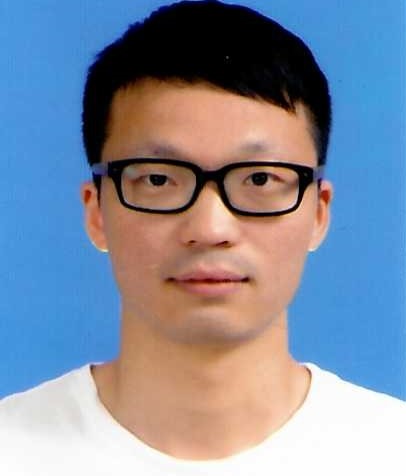Separation of Wood and Foliage for Trees From Ground Point Clouds Using a Novel Least-Cost Path Model
Published in IEEE Journal of Selected Topics in Applied Earth Observations and Remote Sensing, 2021
Recommended citation: Xu Sheng, Zhou Kai, Sun Yuan and Yun Ting(*). "Separation of Wood and Foliage for Trees From Ground Point Clouds Using a Novel Least-Cost Path Model." in IEEE Journal of Selected Topics in Applied Earth Observations and Remote Sensing, vol. 14, pp. 6414-6425, 2021, doi: 10.1109/JSTARS.2021.3090502. https://ieeexplore.ieee.org/abstract/document/9460765
Nowadays, laser scanning technology has provided an effective andnondestructive approach to reveal the forest’s developmental process and physiological properties. For the purpose of obtaining the 3-D spatial structure and skeleton of trees, this article addresses the separation of wood and foliage from the forest using two phases. The first global phase develops a pointwise supervised learning framework to classify forest point clouds. In order to improve the classification accuracy, we design new features for the learning process, which supplements the current geometric features in terms of the topological information. The second local phase designs a new least-cost path model to further separate wood and foliage points. The separation of branch points is formulated as an energy function and optimized by the dynamic programming technique. Experiments on different plots show that points from stems and branches are detected as wood points completely and correctly. The achieved average completeness, correctness, and F1 score of the wood and foliage separation are 91.25%, 90.34%, and 0.91, respectively, which is promising to the phenotyping study related to the organism’s physical form and structure.
Recommended citation: ‘S. Xu, K. Zhou, Y. Sun, T. Yun(*), “Separation of Wood and Foliage for Trees From Ground Point Clouds Using a Novel Least-Cost Path Model,” in IEEE Journal of Selected Topics in Applied Earth Observations and Remote Sensing, vol. 14, pp. 6414-6425, 2021.’
